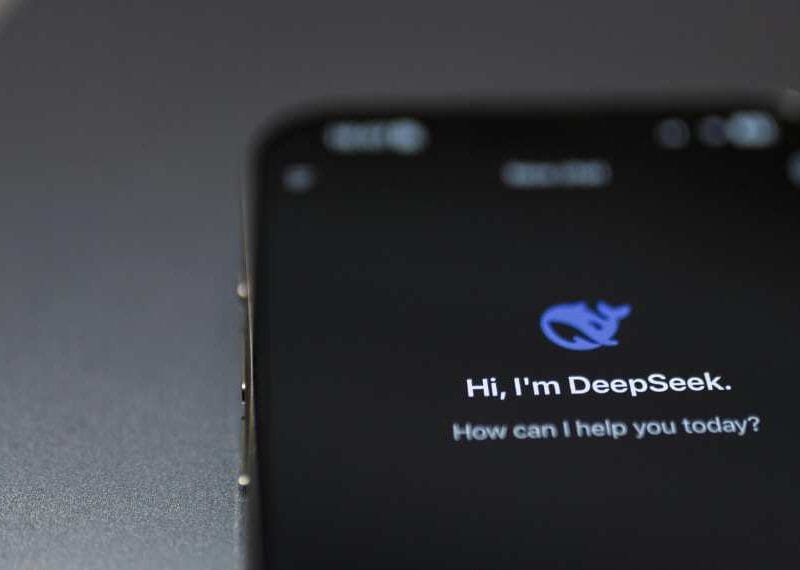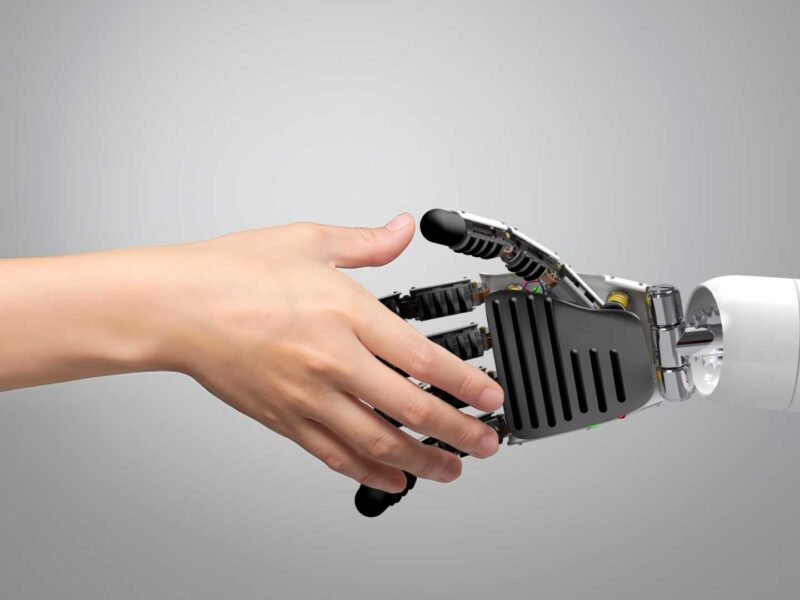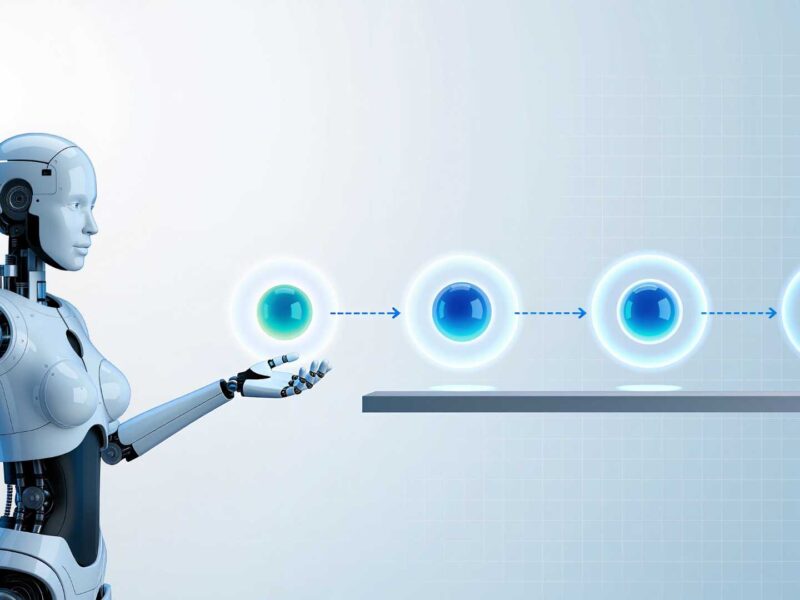Proving Green in UX: Tech Pros on Real-Time Sustainability Solutions
As sustainability becomes a priority, UX designers are tasked with creating interfaces that go beyond showcasing claims to proving them in real time.
This Techronicler article gathers insights from business leaders, thought leaders, and tech professionals on designing for radical transparency.
By integrating live data feeds, interactive metrics, and verifiable sources, they reveal how UX can make sustainability tangible within the user journey.
From dynamic carbon trackers to blockchain-backed supply chain visuals, these strategies build trust and engagement, transforming interfaces into tools for accountability and impact, and redefining user experience as a catalyst for authentic, transparent sustainability.
Read on!
Real-Time Data Builds Trust
In today’s digital landscape, transparency is not just a trend; it’s an expectation. To truly embody radical transparency, UX designers should consider the following:
– Integrating real-time data feeds into interfaces can provide users with immediate evidence of sustainability claims. For example, a product’s carbon footprint can be displayed dynamically, updated as the user interacts with the product or service. This not only builds trust but also engages users in the sustainability narrative.
– Utilising interactive elements, such as sliders or toggles, allows users to see the impact of their choices in real-time. For instance, a user could adjust their preferences for a product and instantly see how those choices affect its sustainability metrics. This kind of interactivity can empower users and make them feel more connected to their choices.
– Additionally, showcasing case studies or user-generated content within the interface can enhance credibility. If users can see real-life examples of how a product or service has made a positive environmental impact, it strengthens the claims made by the brand.
I believe that by implementing these strategies, UX designers can move beyond mere claims and foster a deeper connection between users and sustainability efforts.

Balázs Keszthelyi
Founder & CEO, TechnoLynx
Verifiable Backlinks Prove Sustainability
Radical transparency in UX doesn’t come from adding more icons or certification badges; it comes from showing real-time proof that earns trust beyond claims.
One way to do this is by embedding dynamic, verifiable third-party references directly into the experience.
At Get Me Links, we’ve helped brands earn placements on authority domains that users (and Google) already trust. For example, an outdoor travel brand saw 168% traffic growth after we secured niche editorial backlinks tied to sustainability and local conservation partnerships.
Instead of just telling users you’re eco-conscious, show your digital footprint. Let UX pull in live mentions, external citations, or verified backlinks. That kind of interface shifts you from marketing claims to searchable, provable action and trust follows.
Dynamic Metrics Enhance Transparency
Radical transparency in UX starts with integrating verifiable, real-time data into the interface itself.
Rather than static labels like “eco-friendly,” designers should embed dynamic elements live carbon impact trackers, supply chain visualizations, or energy consumption meters sourced directly from blockchain or verified APIs.
For FinTech or E-commerce platforms, this could mean showing users the environmental cost of each transaction or delivery, not as an afterthought, but as a core feature.
The interface must invite users into the brand’s backend logic; transparency is no longer a virtue; it’s a product feature.
Live Data Drives Trust
Stop burying the evidence in the footnotes, UX designers, in case you want to demonstrate sustainability on-the-fly. Pull truthful data off APIs, carbon impact, sourcing audits, supply chain metrics, and put it in the center of where decisions are made. Scores on thick receipts, not badges on home pages.
I have experienced the power of transparency in financing real estate: investors act quicker when they have cost, time and risk breakdowns in front of them. The same should be done to sustainability data.
First-hand live information on legitimate sources and not market blather will be rewarded with trust.
It is not the question of flawless measurements. It is a demonstration of effort, obviously, persistently and in perspective. Otherwise, it is all but greenwashing.

Jimmy Fuentes
Consultant, California Hard Money
Interactive Proof Fuels Credibility
When you are serious about incorporating sustainability in UX, then demonstrating evidence must be a part of the interface, and not a sidebar.
We mentor learners through instant feedback on their learning and efficiency in code. It does not only inform, but it has gained credibility. The same is the case here. Have users experience the energy saved, materials sourced or emissions reduced as they interact, live, quantifiable and support not claims. There will no longer be static labels and imprecise metrics.
The interface must respond to: What was the effect my action just had? When you are unable to do that, then it is not transparent. It’s decoration.

Mircea Dima
CEO, CTO, Founder & Software Engineer, AlgoCademy
Evidence Loops Build Trust
To move beyond static sustainability claims, UX designers need to design with evidence loops built into the interface.
Instead of just telling users a product is eco‑friendly, show them the live data that proves it. This could mean integrating APIs that pull real‑time carbon footprint metrics from supply chains, surfacing blockchain‑verified sourcing records, or visualizing a product’s lifecycle impact as it changes over time.
Radical transparency becomes core to the experience when proof is embedded in the flow; I am thinking dashboards that update with each purchase, receipts that show the exact emissions offset, or map views tracing the product’s journey from origin to delivery.
By making sustainability performance measurable, interactive, and continuously updated, designers turn claims into trust‑building, verifiable user interactions. This supports the brand as trustworthy and transparent, increasing customer loyalty.

Robb Hecht
AI Content & Marketing Strategy, OrganicXGPT Studio
Sustainability UX: From Promise to Proof
Modern UX design has the power to turn sustainability from a static promise into a living, breathing experience.
Instead of vague badges or generic “green” labels, designers should integrate live data and contextual storytelling directly into the interface, think carbon footprint calculators that update as users configure a product, or supply chain timelines that reveal where and how each component was sourced.
Radical transparency means giving users agency and insight, not just marketing.
Visuals like real-time emissions comparisons or verified third-party audits build trust and differentiate the product.
The key is frictionless access to this depth of information, transparency shouldn’t feel like detective work.
When sustainability is embedded as a UX principle, not a checkbox, it becomes a competitive advantage.

Sonu Kapoor
Founder & Principal Consultant
On behalf of the Techronicler community of readers, we thank these leaders and experts for taking the time to share valuable insights that stem from years of experience and in-depth expertise in their respective niches.
If you wish to showcase your experience and expertise, participate in industry-leading discussions, and add visibility and impact to your personal brand and business, get in touch with the Techronicler team to feature in our fast-growing publication.













